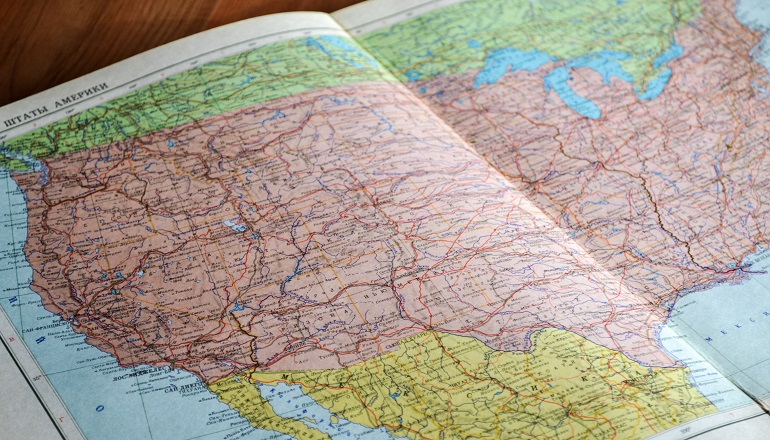Last year, my family moved from Minneapolis to Willmar, Minnesota, a town of 18,351, where diversity is defined as including both Swedes and Norwegians. My husband, Jonathan, and I worried about how we would expose our Asian-born daughter to her native culture. In Minneapolis, we had Asian markets, Chinese restaurants, cultural associations. Cassie, 3, saw people who looked just like her, and we knew families like ours. It’s hard enough to achieve a strong ethnic identity in a big city, but for those of us living in rural areas, the challenge can be even greater.
“Feeling different can be a lonely experienceand that can be even more intense when race is also a factor,” says Beth O’Malley, a social worker and the mother of a baby adopted from Kazakhstan.
Still, families can partly make up for the lack of cultural resources. Befriend others of diverse backgrounds, even if they don’t match your child’s. “It sends a message: Our family accepts all kinds of people,” O’Malley says. You can help your child find a pen pal from another country or form a multicultural play group. And when planning vacations, pick destinations with diverse populations, scheduling your trips around cultural celebrations there.
Reaching Out
In Caldwell, Idaho, a city of 25,967, LeAnne and Curtis Kovick’s children are among the few residents of Haitian descent, so the Kovick’s have broadened their circle of acquaintances to include African Americans and other families who adopted from Haiti. It’s important to the Kovicks for their children to know adults who look like them.
“They can mentor our children in the daily life of a person of color, something that we, as Caucasians, will never understand,” says LeAnne.
Beth M. Waggenspack feels strongly that her sons, Will and Sasha, from Russia and Ukraine, need to know their roots. In rural Appalachia, where she lives, however, she’s had to be creative to maintain ties. Waggenspack cooks Eastern European dishes, encourages her sons interest in chess with stories of famous Russian chess masters, and stays in contact with the Russian host families from her adoption trips. “These are the people who knew my sons in their earliest days of being part of my family and can share with us special memories of our travels and family beginnings,” she says. Will and Sasha work Russia and Ukraine into school projects, profiling a cosmonaut and wearing Russian hats on hat day.
Go — or Stay?
Barb Ohland, of Camden, Maine (pop. 5,000), started a playgroup for children adopted from Asia including her daughter, Lila (8, Vietnam). “It is a vibrant group of fifteen families that come from all over,” she says. “We regret that she can’t take language classes so she might know some words or songs.” She and her husband, Geof, also took Lila to culture camps in Boston and Colorado.
The Loza family. in Stillwater, New Jersey, pop. 2,105, has grown close to two Chinese families who live nearby. Bonnie Loza recalls their introduction: “We got a phone call from a woman who said, I understand you have a daughter from China. How can we help? They have opened their homes to our family.”
In the end, however, some families feel the only solution is to relocate. That was the case for Sherry and Paul Varraso, who moved 1,500 miles from a small town outside Boston to the Miami area, where their children’s Latino heritage would be well represented.
“My boys have become much more comfortable in their skins here in South Florida than they were when we lived in Massachusetts,” Sherry says of Alex, 11, from Paraguay, and Nicholas, 9, from Colombia. “Here, they look like many, many other kids in the neighborhood. In Massachusetts, they stood out.”
For our part, we’ve found ways to cope with our isolation. We’re enjoying more Chinese books and music at home. We found a day-care center for Cassie that included kids of Asian descent. And we head to the Twin Cities a lot—for cooking ingredients, cultural events, and authentic Chinese food.



